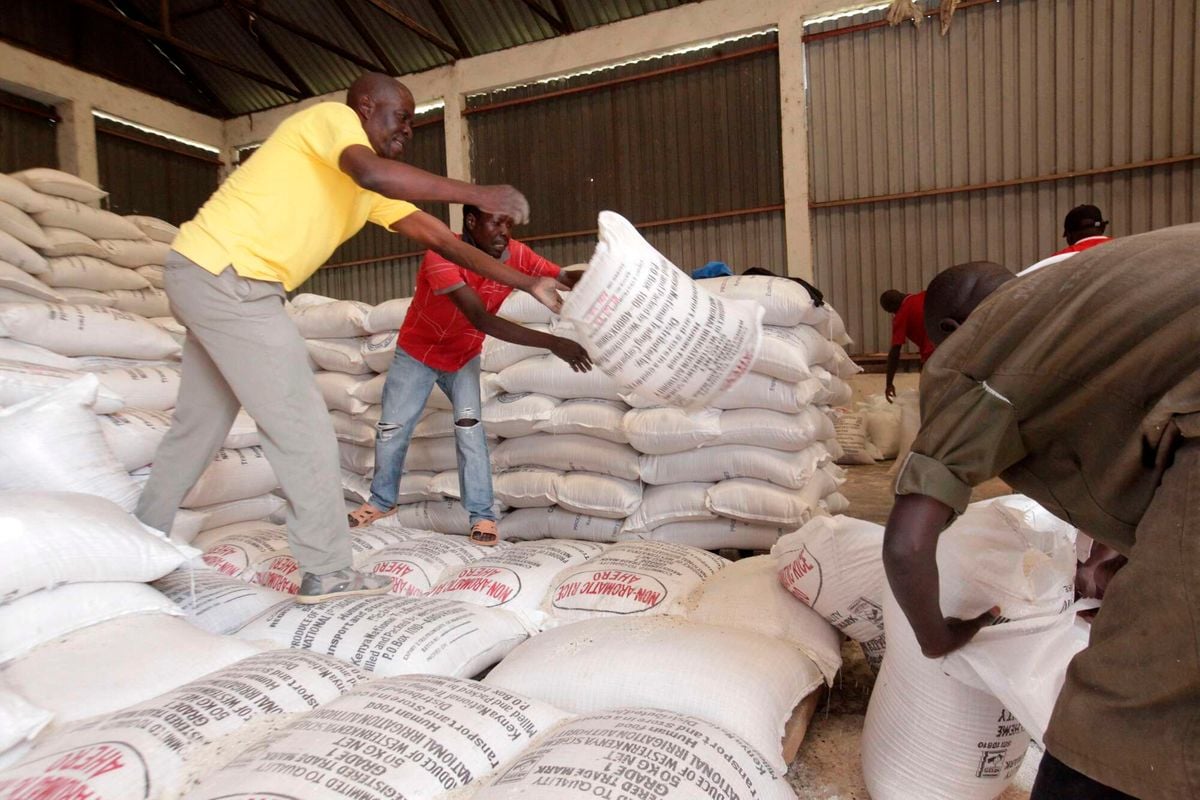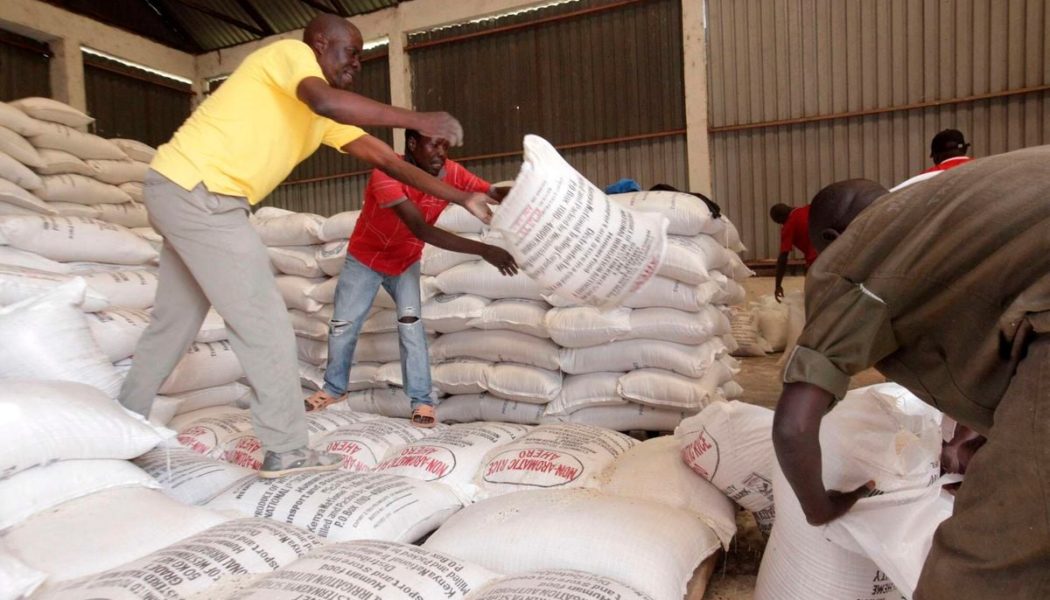
The volume of rice produced at various irrigation schemes across the country grew by 19.1 percent to 229,064 tonnes last year compared to 192,299 in 2022, despite lower acreage under crop.
In Kenya, rice is mainly grown under irrigation by small-scale farmers in counties that include Kirinyaga (Mwea), Busia (Bunyala), Tana River (Tana Delta, Bura), Kwale (Vanga cluster), Kisumu (Ahero, West Kano, South West Kano, smallholder irrigation schemes within Kano Plains), Migori (Lower Kuja), Homa Bay (Maugo, Oluch Kimira), Siaya (Anyiko), and Taita Taveta (Kimorigho, Buluma).
Rice is also grown under rain-fed conditions in Busia, Bungoma, Kakamega, Kwale, Kilifi, Meru, Isiolo, Migori, Baringo, and Murang’a.
“Paddy production saw a growth of 19.1 percent totalling 229,064 tonnes in 2023, primarily due to expanded areas of irrigation,” the Kenya National Bureau of Statistics (KNBS) said in a report.
KNBS data shows that rice production at the main Mwea scheme increased to 137,769 tonnes in 2023 from 153,654 the previous year because the number of plot holders grew from 10,024 to 11,488 despite a marginal rise in the farmed area.
The area under-crop in Mwea stood at 25,709 hectares in 2023, up from 25,570 the previous year.
In total, land under rice crop across all irrigation schemes in Kenya shrunk from 44,255 hectares in 2022 to 38,939 last year.
Expanded production at the Ahero irrigation scheme pushed paddy output to 23,920 tonnes in 2023, up from 9,268 the previous year.
Despite the improved 2023 output, the National Treasury last month opened a window for the importation of 500,000 tonnes of milled rice to cover a shortage of the commodity in the country following heavy flooding that hit farmlands.
Traders have been allowed to import Grade 1 milled rice duty-free until November 30, 2024, to supplement local production and ease pressure on prices of the key staple food.









